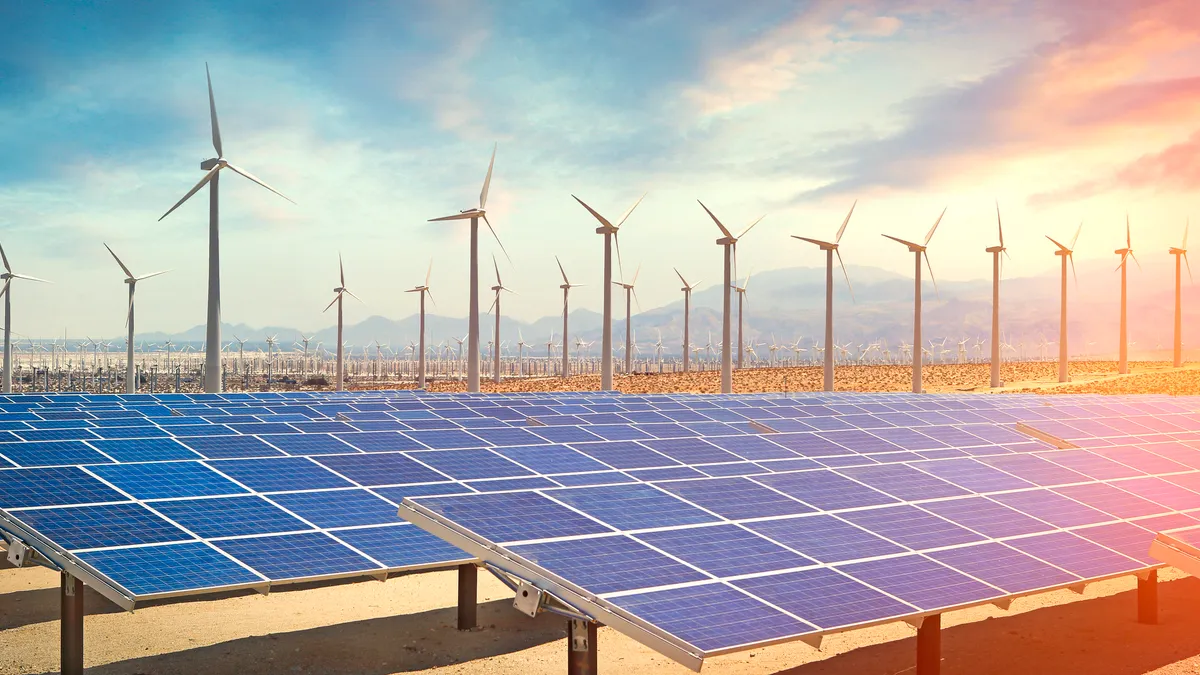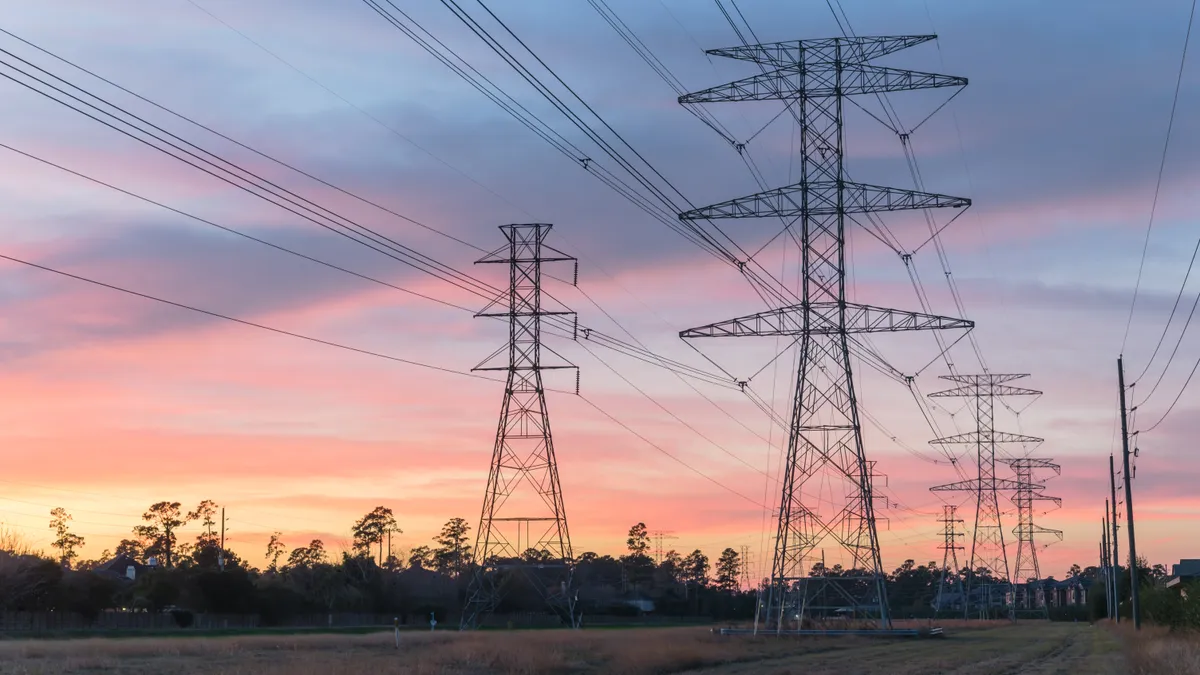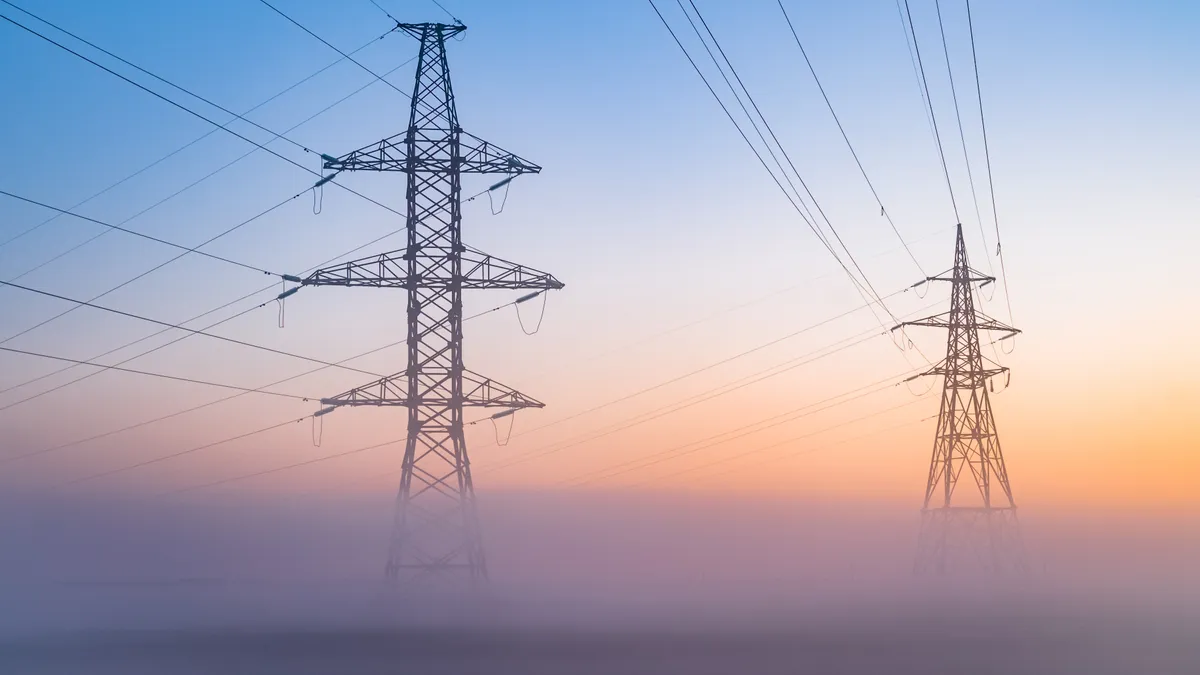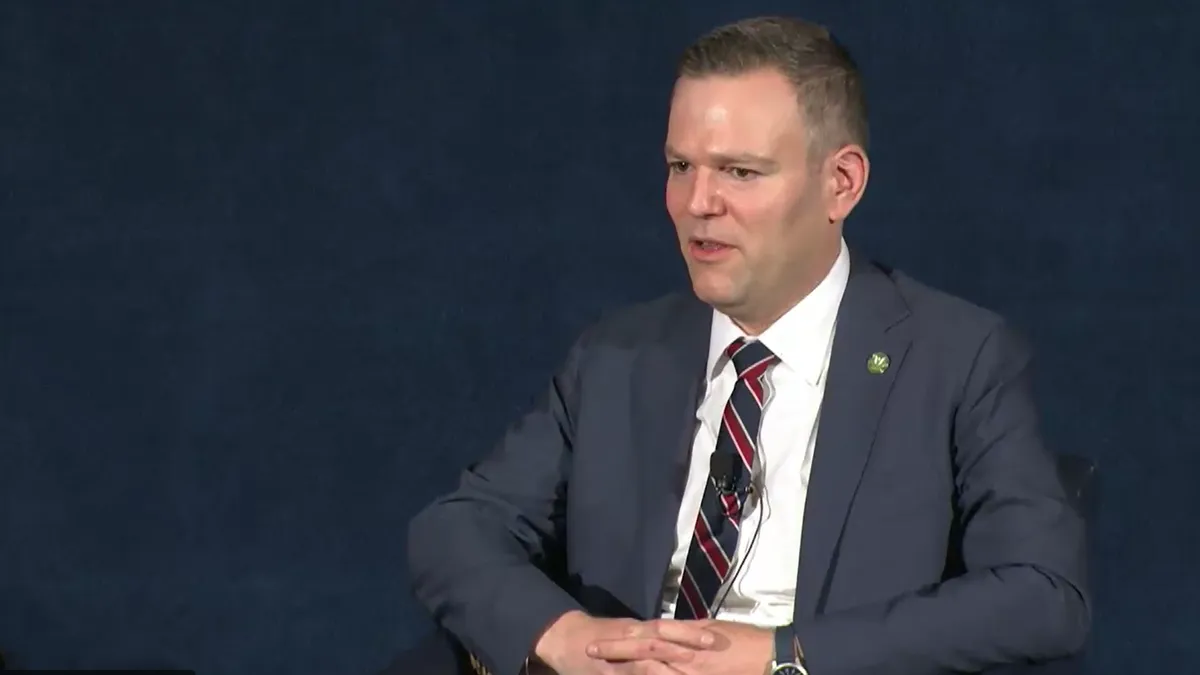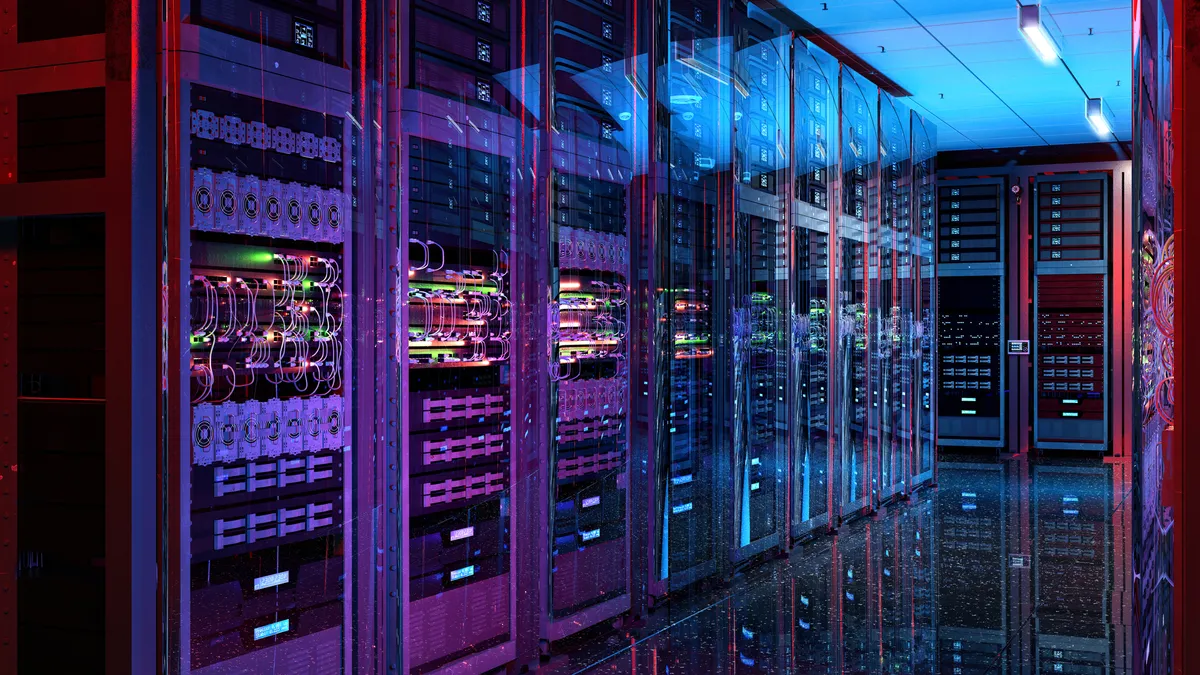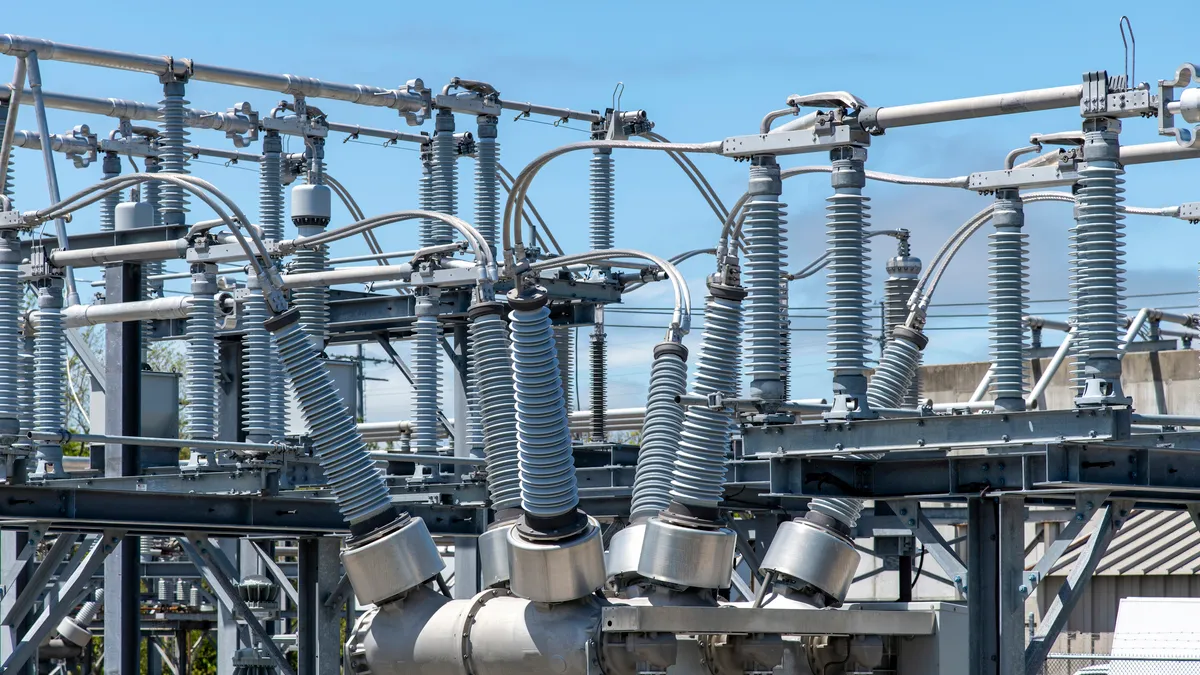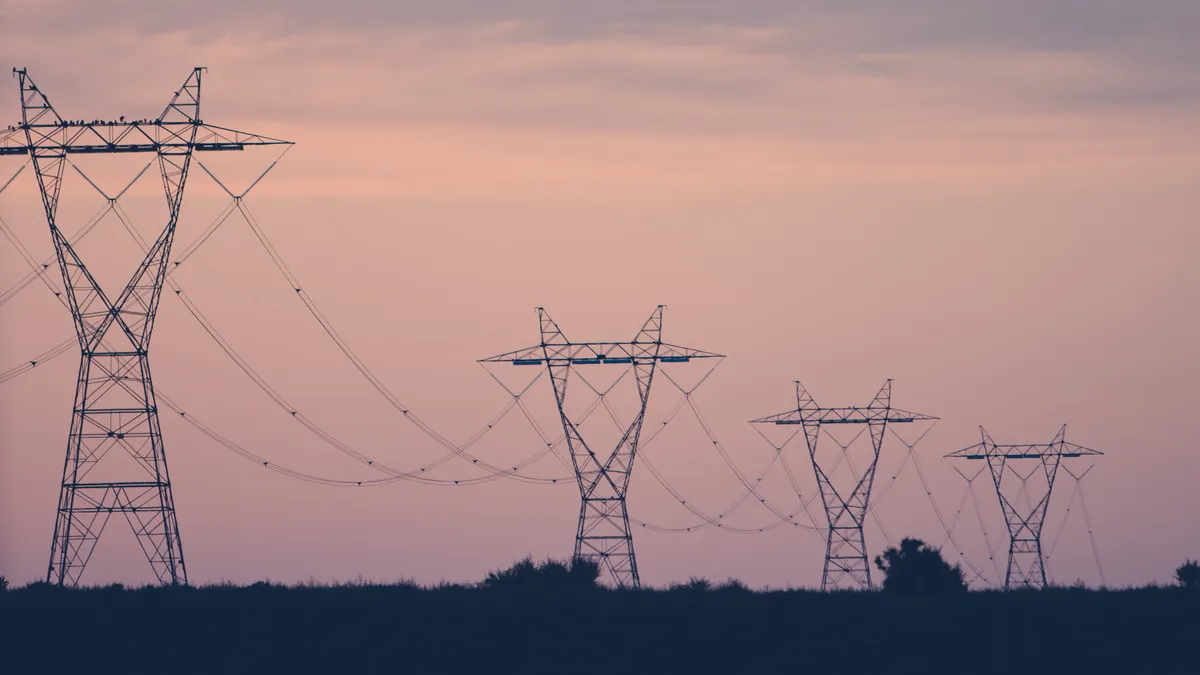The following is a contributed article by Clint Vince, chair of Dentons' U.S. Energy Practice and Co-Chair of Dentons' Global Energy Sector, and Barbara Tyran, director of the American Council on Renewable Energy's Macro Grid Initiative.
February 2021 can be remembered for many reasons: the arrival of COVID vaccines, start of a new administration, and the staggering loss of life and property during Winter Storm Uri in Texas. That was not the only example of severe weather in 2021: Hurricane Ida battered the Gulf Coast; drought and an intense heat wave struck the West Coast; and wildfires consumed parts of Colorado during the holidays.
The question remains: where are we today in terms of grid resilience?
If reliability means supply is always available upon demand and resilience is defined as the ability to mitigate and/or recover from significant disruption, is our electricity network more dependable and more prepared to operate during unexpected occurrences?
The reality is that even the most extreme weather is still geographically bounded, enabling neighboring resources to offer needed energy supplies if sufficient interconnections between regions exist. When they do, the result is increased reliability and resilience at decreased costs.
During Uri, power prices in the PJM Interconnection, the Tennessee Valley Authority and the Midcontinent Independent System Operator (MISO) remained low and the lights and heat stayed on while the Texas grid and parts of the Southwest Power Pool lost power, illustrating that more transmission interconnections could have significantly reduced the price spikes and alleviated human suffering. Strategically placed regional interconnections would enable the transmission network to access weather diversity — a hugely helpful benefit that is not widely-recognized — and was so badly needed in Winter Storm Uri and Hurricane Ida. However, there are so many more benefits interregional transmission connections can provide beyond weather diversity.
There are now 22 high-voltage transmission projects either under construction or in advanced development that could help reduce the current interconnection queue backlogs and resource curtailment, to better utilize America's abundant, domestic energy sources. The good news: these projects are ready to go, with no technology breakthroughs required. The less good news: transmission planning, siting, stakeholder engagement processes, multiple regulatory bodies and actual construction can easily last for over a decade. In today's rapidly evolving energy landscape, that pace is glacial.
Let's examine a few of these projects. One is the $492 million Cardinal Hickory Creek project in southwestern Wisconsin, which is commencing construction now. The last of the 17 multi-value projects identified by MISO in 2011 to begin construction, this 102-mile line has been impacted by numerous federal and state legal actions. Although work has begun on the Wisconsin portion, a judge has halted work near federally protected waters along the route. This follows a county judge's decision to temporarily stop the line while the state case is litigated. The utilities, although mostly following existing power lines, roads and railroad corridors, claim the delay will add $12.7 million to the project cost. Although progress is occurring, the project is taking more time and costing more money than ideal.
A second project, initiated by the New York Public Service Commission in 2012, upgrades a transmission system within an existing right-of-way. The project was paused in 2014 to assess the congestion needs, which were confirmed. It then took five additional years for the New York Independent System Operators to issue a request for the project and select developers. The decision followed several years of public and stakeholder engagement to identify the most efficient and cost-effective transmission upgrades to reduce congestion, improve reliability, and better access renewable resources.
In early 2021, construction activities began, with additional work planned in early 2022 and proceeding through 2023. The milestones are encouraging, although again, the process is lengthy,
A third state example — not included in the list of 22 ready-to-go transmission projects — involves a November 2021 Maine transmission referendum. The $1 billion, 145-mile New England Clean Energy Connect was slated to deliver 1,200 megawatts of Canadian hydropower across New England. After $91 million was spent by parties for or against the line to influence the vote, Maine voters rejected the project in an Election Day referendum. The governor followed with an order to halt construction. This matter is now in the courts with further decisions pending.
These three examples illustrate the length and complexity of the current transmission planning, siting and construction processes, as well as the extensive engagement by multiple constituencies, including federal, state and local governments, as well as interested individuals and parties. The projects reinforce the considerable effort to achieve consensus across multiple constituencies in this complex process. While magnificent to witness democratic institutions informing public decisions, this approach reveals why incremental project-by-project decisions don't always yield optimal results. More comprehensive assessments of the benefits of additional lines between the balkanized regions of the U.S. transmission grid could deliver broader benefits resulting in greater grid resilience and reliability.
Broader coordination across a larger geographic footprint benefits consumers by reducing overall system costs by delivering the lowest cost energy to where it's most needed. Since transmission assets provide service for five decades, it is almost certain that each new line will provide critical power supplies during at least one weather-related event during its lifespan.
Fortunately, the U.S. Federal Energy Regulatory Commission (FERC) has launched an Advanced Notice of Proposed Rulemaking on Electricity Transmission that explores three components: generator interconnection, transmission planning and cost allocation. In addition, FERC has established a Federal-State Joint Task Force on Transmission, populated by the five FERC Commissioners and ten state public utility commissioners. As shown in the three state proceedings outlined above, federal, state and local government collaboration is crucial to the success of any transmission project. It is commendable that acknowledgment of this vital interaction is occurring at the outset of the rulemaking process. The creation of the Joint Task Force bodes well for more efficient, cross-jurisdictional decision-making ahead, as well as support for a final rule.
Another point of optimism: the bipartisan infrastructure legislation passed by Congress which includes federal support for grid resilience. The $2.5 billion Transmission Facilitation program could provide loans for key transmission projects. The legislation also provides the U.S. Department of Energy (DOE) with the authority to serve as an anchor customer, avoiding a critical risk factor for additional investors.
On January 12, DOE announced its implementation of "Building a Better Grid" which includes DOE's coordination with states and tribes, the identification of high-priority national transmission needs, $10 billion grid support for reliability and resilience, and $3 billion for the Smart Grid Implementation Plan, originally launched in the 2009 Economic Recovery Act. The pending Build Back Better Act contains tax provisions that would incentivize transmission facilities, as well as additional monies for long-distance and offshore transmission, and support to states to facilitate the siting of interstate electricity transmission.
These federal actions — combined with their very important outreach to states, tribes and localities — offer an excellent formula for accelerating transmission build in 2022 and beyond. There has never been a better time to advance the benefits of an enhanced transmission infrastructure. And the reminders from last year's outages only reinforce the relevance and timeliness of acting now.




